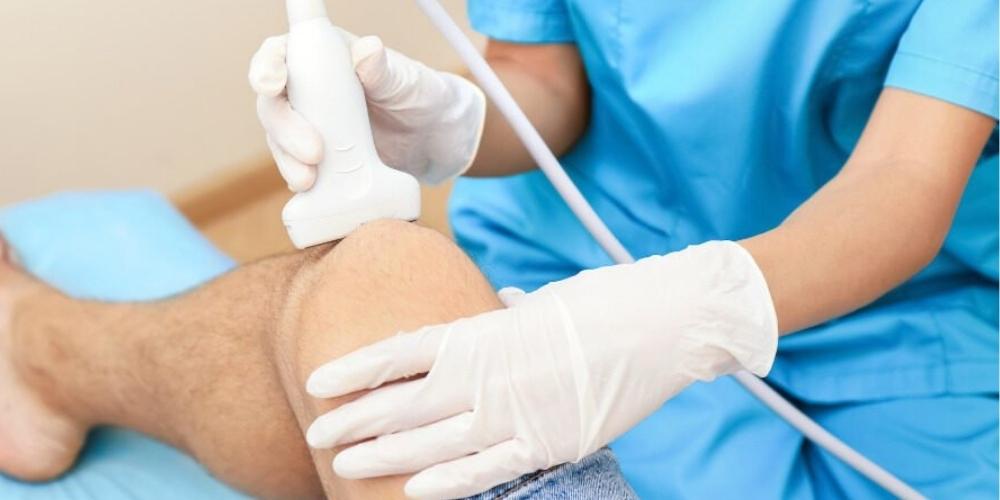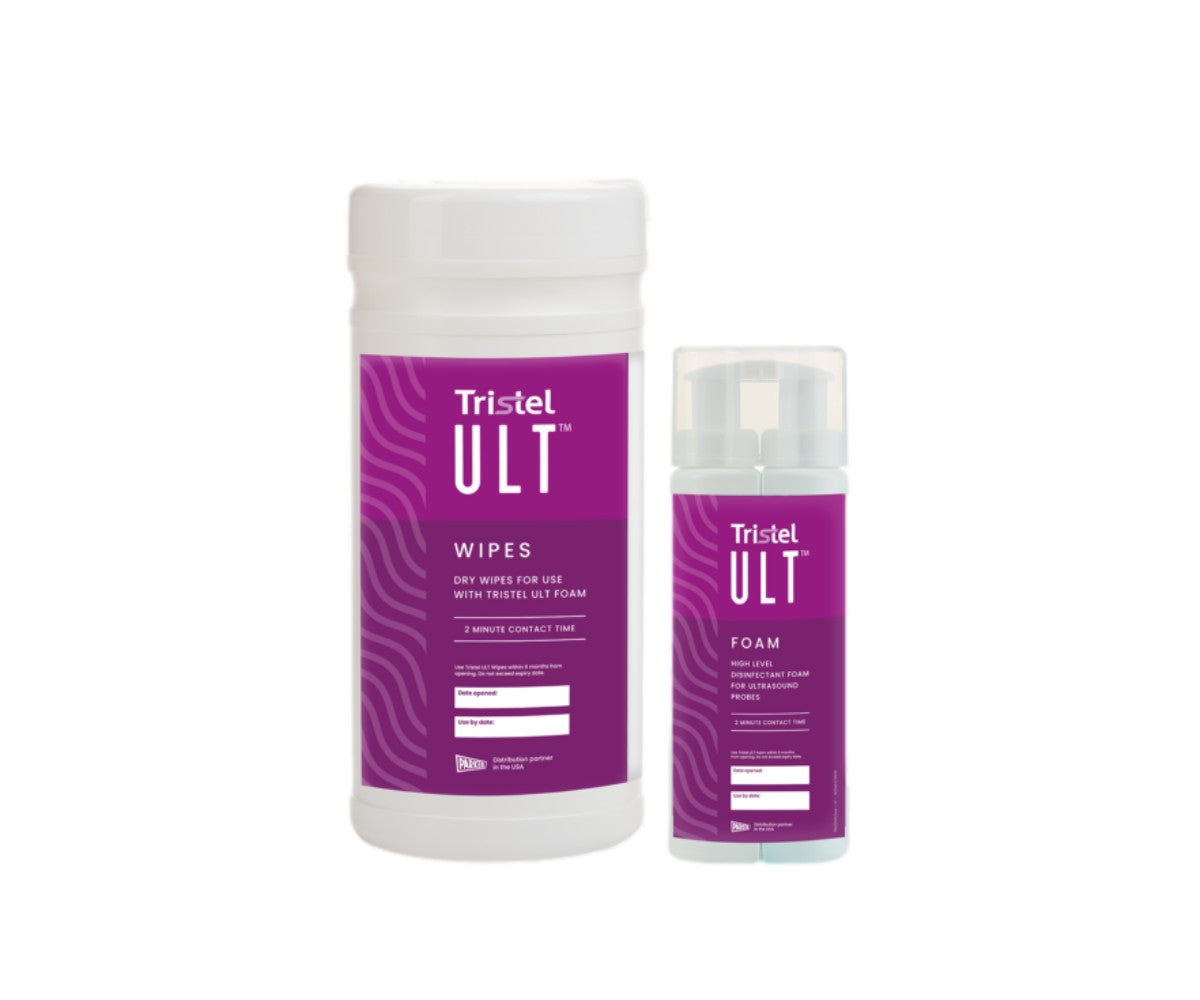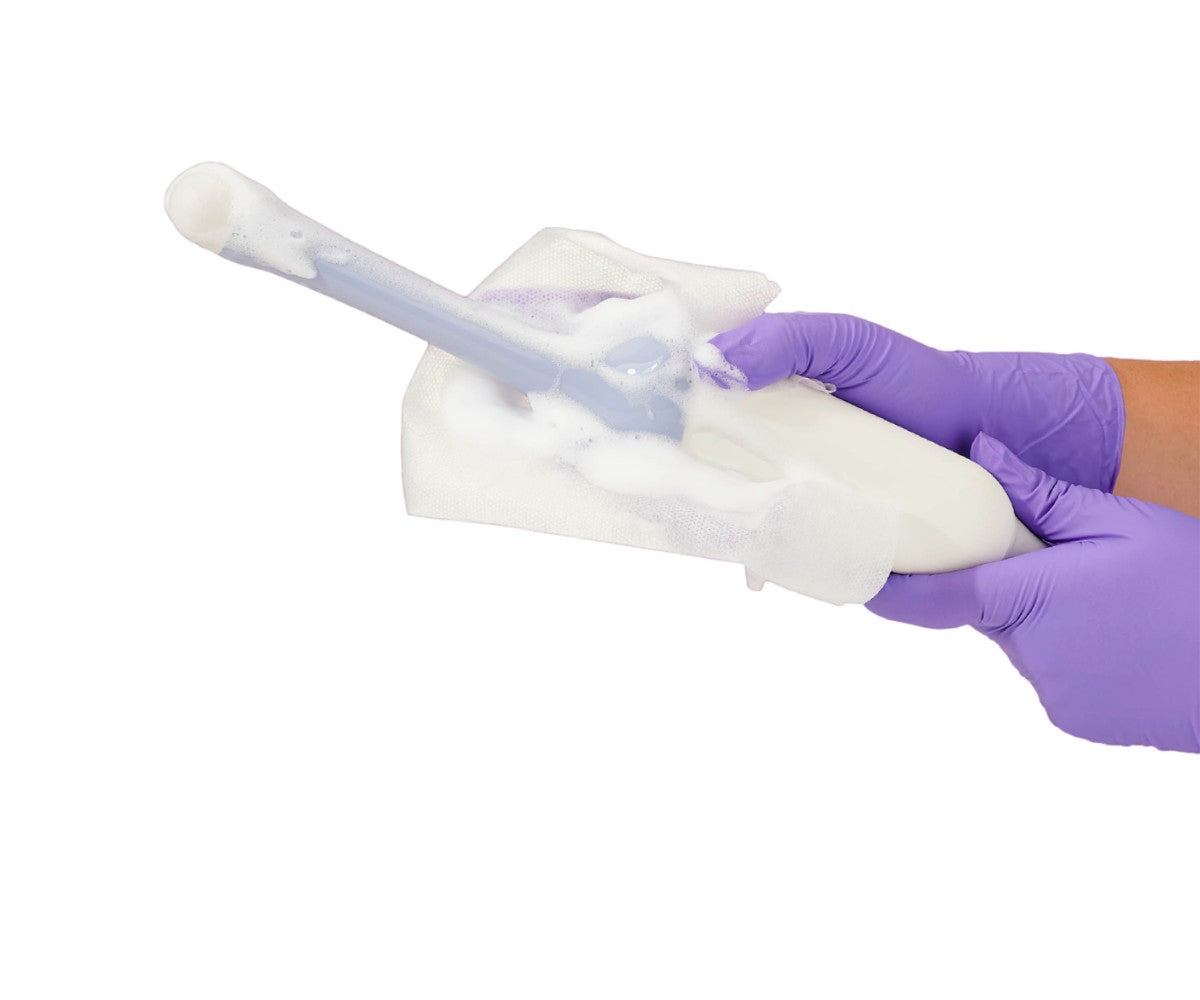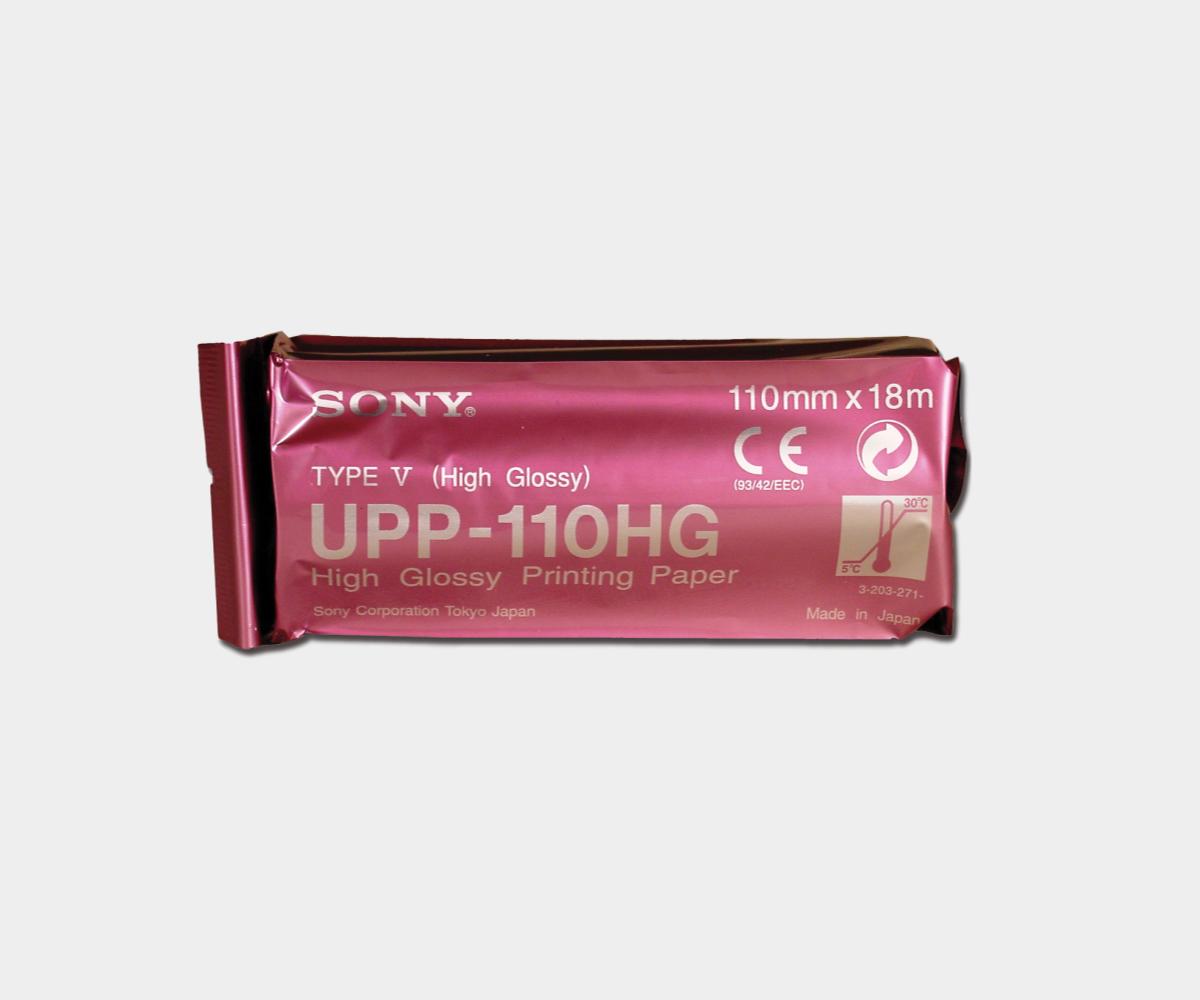Ultrasound is one of the most important medical imaging modalities for prevention and early diagnosis. And thanks to the technological advances in the modern era, its use has been expanded to other medical areas.
Ultrasound guidance is a common topic when we talk about interventions, biopsies, and pain management because evidence shows that its use enhances accuracy and precision for professionals and provides the patient with a more comfortable and time-efficient experience.
Additionally, we have witnessed an increase in the use of ultrasound for interventional procedures related to joints and soft tissues to improve pain management and healing processes.
Ultrasound for Joint and Soft Tissue Interventions
Joint and soft tissue interventions, such as injections for pain management, are commonplace in the field of sports medicine and orthopedics for patients who suffer from conditions that affect the ligaments, joints, and tendons.
Nowadays, many orthopedic doctors and pain management professionals use ultrasound to improve accuracy and safety in patients and avoid blind interventions where precision is key. By providing guidance when inserting a needle into the body, whether it is for medicine administration, drainage, or extraction of fluids, healthcare practitioners are able to maximize their rate of success. While it is still possible to perform these injections blindly, many professionals have begun to opt for ultrasound guidance as it gives them the ability to view the structures clearly, reach the target accurately, and reduce the overall procedure time.

For example, a scientific article from the University of Kansas-Wichita showed that performing ultrasound-guided procedures for hip joint injections increased the success rate to 77% versus blind placements which had a correct positioning of only 23%. Thus, orthopedic doctors should consider the value that integrating ultrasound into their joint and soft tissue interventions can bring. As point-of-care ultrasound (POCUS) has shown us, medical imaging is no longer confined to the imaging suite or radiology department. POCUS is being adopted across multiple clinical areas, including emergency medicine and ambulatory care. Orthopedic clinics and sports medicine facilities can take advantage of this flexible use of ultrasound, too.
However, it is important to note that the use of ultrasound in interventional settings carries an infection control risk that practitioners must address. The World Federation for Ultrasound in Medicine and Biology conducted a survey where they found that only 70% of respondents reported covering their transducer during interventional procedures. While this number may seem high, it is not high enough as 100% of ultrasound users should be covering their probe during interventional uses with appropriate FDA-approved probe covers that guarantee patient safety. To lower the costs, some facilities opt to use cheap alternatives such as Tegaderm, which are not FDA-approved to be used as a probe cover, nor were designed for that purpose. These types of practices put patients and staff at risk.
Research has shown time and again that ultrasound probes can become vectors of infection if not properly covered and reprocessed. Proper draping of the transducer, even outside of the operating room, is necessary for joint and soft tissue interventions. Regardless of whether the injection takes place in a sports medicine clinic or hospital, practitioners utilizing ultrasound must be aware of the infection control protocols related to the modality.

In 2016, The Joint Commission found that 74% of all immediate threats to life declarations were associated with improper sterilization of high-level disinfected equipment. Therefore, practitioners should adhere to ultrasound infection control guidelines and keep applying a sterile general purpose probe cover, according to the Spaulding classification, during US-guided injections. Doing so protects the patient from infections and also preserves the equipment from blood and bodily fluids.
Moreover, proper disinfection protocols should also be followed as using a probe cover alone provides insufficient protection. Instead, these two practices should be applied in tandem, probe cover plus disinfection, to maximize patient safety.

Most Commonly Used Medicines in Ultrasound-Guided Joint and Soft Tissue Interventions
Depending on the patient's condition, practitioners have a wide variety of medications at their disposal to treat pain and improve the healing process in parts of the musculoskeletal system.
Some of the most common injected medications include cortisone, local anesthetics, platelet-rich plasma, and hyaluronic acid. The performance of ultrasound-guided procedures for these therapies is relevant because some of them require specific needle placement for the treatment to be 100% effective.
An example of this is that joint injections need to be inserted within the joint space and not in the soft tissue around. Comparably, tendon injections are supposed to be administered in the tendon sheath, and not in the tendon itself.

The Journal of Shoulder and Elbow Surgery made a study where they compared the accuracy of ultrasound-guided biceps tendon sheath injection with unguided injection. The procedures that used ultrasound guidance had a success rate of 87%, while the ones that were unguided achieved only 26% accuracy.
For several years, it has been a standard practice in orthopedics to use steroid-based medicines to treat pain. Some of these include Celestone, Diprophos, and Depo-Medrol. However, practitioners should be aware that conditions such as sepsis and local or intra-articular infections are directly contraindicated for this type of treatment. Indirect contraindications consist of periarticular osteoporosis, coagulopathy, anticoagulants, and joint instability.
Medicines based on steroids are highly effective in treating inflammatory conditions. Some adverse effects include infections and, in some cases, arthritis, post-injection flare, articular cartilage damage, skin atrophy due to fatty tissue necrosis, and discolorations.
Other systemic reactions are facial flushing (it fades after 2-3 days), headaches, increased catabolism, glucose metabolism disorder (lasts 3-4 weeks)
Local anesthetics are another frequently used substance for orthopedic treatments, and just like steroids, they also have contraindications that range from anaphylaxis to medicines with MAO inhibitors or tricyclic antidepressants because mixing these substances with local anesthetics can induce severe and prolonged arterial hypertension.
It is important to keep in mind that these medicines shouldn’t be injected into the joint. Intravenous and intra-arterial administration is also forbidden because they can cause neurological side effects like trembling, tremors, hyperventilation, apnea, convulsions, or cardiac issues like arrhythmia or circulatory collapse.

Advantages of Ultrasound for Joint and Soft Tissue Interventions
Ultrasound imaging enables not only the needle and tissue visualization, but also liquids, which allows doctors to actually monitor the injection volume and location in real-time.
A study by Rahul Sheth, MD, from the Massachusetts General Hospital, Boston, MA, proved that ultrasound guidance was associated with a shorter procedure time and fewer needle passes, with an identical success rate to fluoroscopy.
Ultrasound-guided interventions for joint and soft tissue can have tremendous benefits for people with hip, shoulder, and knee problems. The most common conditions that cause such issues are osteoarthritis, rheumatoid arthritis, labral tears, muscle tears, ligament tears, and tendinopathies.
In cases where joint aspiration is necessary, such as recollection of samples for periprosthetic joint infections (PJIs) diagnosis, ultrasound can help locate the area that needs to be lavaged to obtain fluid and help medical professionals identify which structures are causing pain. Using the right infection prevention measures to protect the patient, these types of procedures have a low contamination rate and up to 88 % accuracy results whenusing ultrasound guidance.
Another benefit that the use of ultrasound provides is that, unlike fluoroscopy, it doesn’t emit radiation, which makes it a safer practice for medical professionals and patients by eliminating concerns related to radiation dosage.

Overall, medical literature has shown the efficacy of ultrasound-guided interventions for joints and soft tissue. The fact that results show accuracy rates from 80% to 100% proves that ultrasound is a valuable asset for joint and soft tissue interventions. The use of the modality in orthopedics has grown and continues to do so as technology advances.
While ultrasound guidance provides an array of benefits, orthopedic facilities must consider the costs of equipment and maintenance, training for staff, and infection control implications. Both doctors and administrators should take into account whether their practice has the operational capacity to appropriately integrate the modality into their workflows.
As with all workflow changes, properly educating all stakeholders is key. Ultrasound continues to be a top choice because of its safety and mobility, yet it comes with its own costs and threats to patient safety. Facing these concerns head on is necessary for any facility to do, including orthopedic clinics.
At EDM Medical Solutions, we work thoroughly to provide ultrasound users with resources, tools, and supplies to improve patients' health and make the journey of medical professionals an easier path.
Discover our wide range of solutions that go from ultrasound and surgery to biopsy and infection control.






